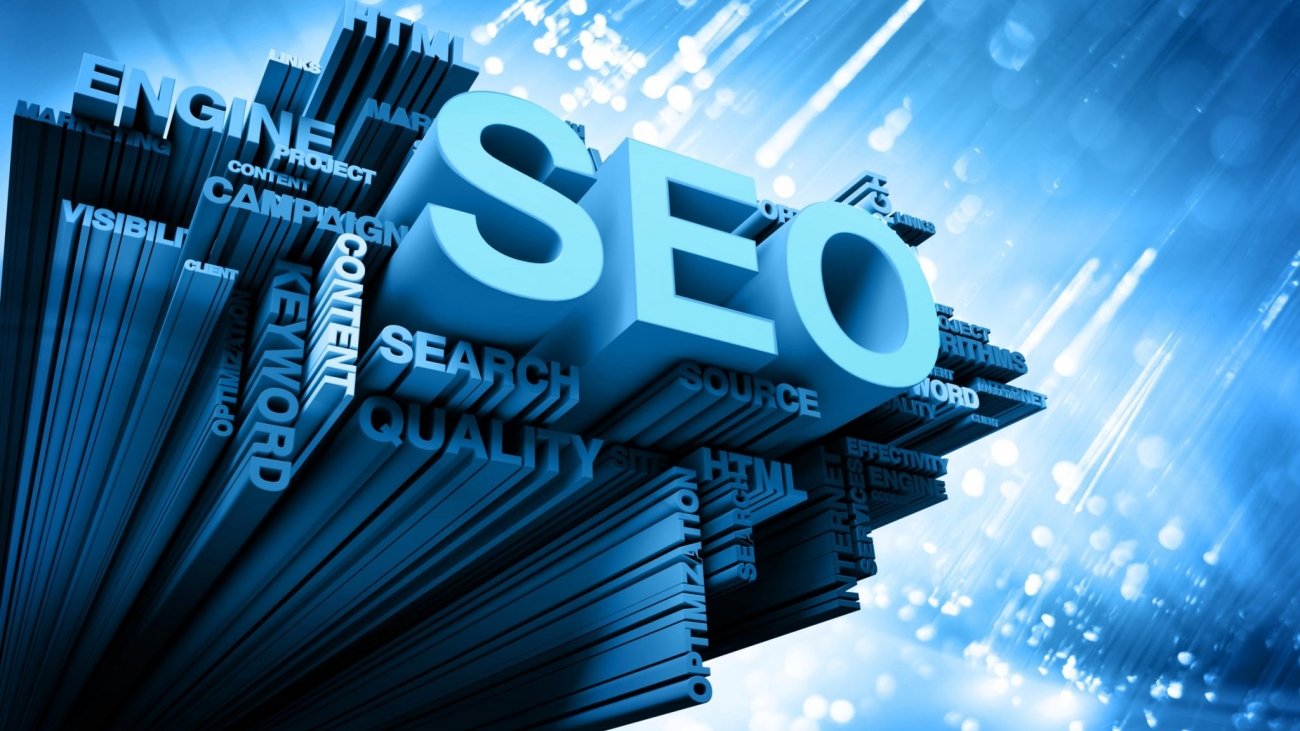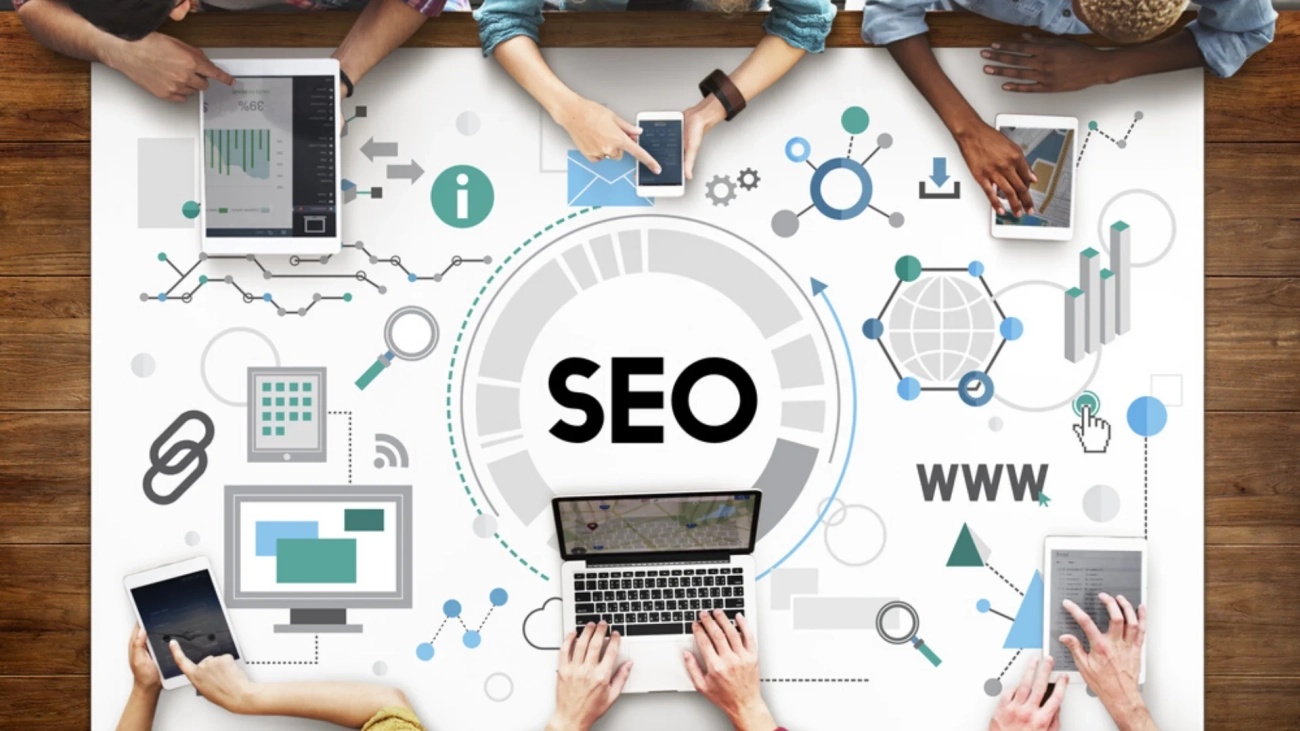Introduction:
In the ever-evolving landscape of digital marketing, mastering on-page optimization is a crucial aspect of achieving SEO success. This comprehensive guide will delve into the intricacies of on-page SEO, providing valuable insights and actionable tips to enhance your website’s visibility and performance in search engine rankings.
What is On-Page Optimization?
On-page optimization refers to the strategic process of optimizing individual web pages to improve their visibility and relevance for search engines. It involves a meticulous approach to various elements on a webpage, ensuring they align with search engine algorithms and user intent.
Key Elements of On-Page SEO:
SEO’s complexities can be frustrating, with no instant impact on rankings. Yet, optimization pays off over time, correlating with improved rankings and increased traffic.
- Keyword Research:
Keyword research is a crucial aspect of search engine optimization (SEO), pay-per-click (PPC) advertising, and content marketing, as it involves identifying and analyzing keywords used by people when searching online. This process enhances website visibility, ensuring improved chances of appearing in search results and attracting more organic traffic. In PPC campaigns, keyword research helps select effective keywords for bidding, ensuring ads reach the right audience. Understanding audience search terms allows the creation of content that aligns with their interests, attracting more qualified leads. The process starts with broad “seed” keywords related to the business or industry, expanding to generate related and long-tail keywords. Tools like Google Keyword Planner, Semrush, Ahrefs, and Moz Keyword Explorer aid in identifying relevant keywords, analyzing search volume, and assessing competition. Prioritizing keywords based on relevance, search volume, and competition is essential for effective results. Tips include considering user intent, targeting long-tail keywords for specificity and less competition, staying updated on trends, using negative keywords to avoid irrelevant ad spend, and regularly reassessing the keyword strategy for optimal performance.
- Content Optimization:
Content optimization involves refining digital content to boost visibility and engagement. This process enhances effectiveness, employing strategies to make content more valuable and appealing to the target audience. The goal is to drive desired outcomes such as increased website traffic, lead generation, or sales. To achieve this, content must be accurate, up-to-date, and relevant, meeting the audience’s needs. Strategic keyword incorporation, compelling and engaging content creation, and clear organization through headings and subheadings are pivotal. Also, Mobile optimization ensures content is suitable for various devices, enhancing user experience, while technical optimization boosts loading speed and search engine rankings.
- Meta Tags:
Meta tags, integral snippets of HTML code, serve to convey crucial information about a webpage, catering to both search engines and users. Despite their invisibility to users, these tags significantly influence a webpage’s appearance and ranking within search results. Among the various types, the Meta Description offers a succinct summary positioned below the webpage title in search results. While the impact of Meta Keywords on rankings has diminished, they remain relevant to the webpage’s content. Meta Robots provide explicit instructions to search engine robots regarding indexing and crawling procedures. Furthermore, Meta Viewport specifies how a webpage should be displayed on different devices, particularly emphasizing responsive design. The Meta Title, prominently showcased in search results and atop the browser window, holds paramount importance. In the realm of SEO, meta tags are pivotal, furnishing search engines with contextual details that wield influence over a webpage’s search result rankings. Simultaneously, these tags enrich user experience, with meta descriptions enticing clicks and clear meta titles facilitating rapid content identification. Notably, meta tags extend their significance to social media platforms, contributing to an engaging content preview when shared across these networks.
- URL Structure:
The URL structure, organizing web page addresses, is crucial for both user experience and SEO. A well-structured URL provides a clear and logical path to a webpage, making navigation easier for users and aiding search engines in comprehending content. Key elements such as the domain name, subdirectory, filename, query parameters, and fragment identifiers contribute to this structure. This organization not only enhances user understanding but also facilitates website navigation, aids search engine comprehension, and influences search rankings. Additionally, it fosters brand recognition and effectively categorizes content, benefiting both users and search engines.
- Header Tags:
Header tags, HTML elements defining headings and subheadings, are integral for content structure, readability, and SEO. Ranging from the pivotal H1 tag denoting the main topic to the least important H6 tag for minor details, they establish a hierarchy. These tags serve to organize content, enhance accessibility for screen readers, and influence search rankings. The H1 tag typically represents the webpage’s title, with subsequent tags like H2, H3, H4, H5, and H6 dividing content into sections, subtopics, and finer details. In essence, header tags contribute significantly to conveying semantic meaning, aiding in content organization, and playing a crucial role in user experience and search engine assessment.
- Image Optimization:
Image optimization is the process of reducing image file sizes without compromising quality, crucial for website performance, user experience, and SEO. This practice provides various benefits, including faster page loading times, improved overall website performance, enhanced SEO rankings, and reduced storage costs. Key techniques for image optimization involve strategic choices such as selecting the appropriate file format (JPEG for photographs, PNG for graphics), resizing images to the required dimensions, using compression tools for efficient file size reduction, stripping unnecessary metadata, and employing advanced strategies like image sprites, lazy loading, and content delivery networks (CDNs) for optimal delivery. Additionally, optimizing image alt text ensures accessibility and informs search engines about the content. These practices collectively contribute to a positive user experience, quicker page loads, improved SEO, and cost-effective storage solutions.
- Mobile-friendliness
Mobile-friendliness is crucial for website success as it adapts layout, content, and functionality for optimal user experiences on smartphones and tablets. Responsive design techniques, intuitive navigation, touch-optimized elements, and fast loading times contribute to a positive user experience. Ensuring compatibility with different mobile browsers, readability, and avoiding disruptive elements like Flash or pop-ups are key aspects. The benefits of mobile-friendliness include improved user experience, increased search rankings, reduced bounce rates, a wider audience reach, and enhanced brand perception. The ultimate goal is to create a professional, engaging website that caters to the growing population of mobile users, positively impacting visibility, reach, and brand reputation.
- Page Loading Speed:
Page loading speed refers to the time a web page takes to fully load and become interactive. A fast loading speed enhances user experience, improves search engine rankings, reduces bounce rates, and increases conversion rates. Crucial factors for optimization include image and code optimization, caching, minimizing HTTP requests, and choosing a reliable hosting provider. Tools like Google’s PageSpeed Insights, GTmetrix, and WebPageTest help measure and optimize page loading speed for an optimal online experience.
Conclusion:
Mastering on-page optimization is an ongoing process that requires continuous refinement based on performance data and evolving search engine algorithms. By implementing these strategies, you can enhance your website’s visibility, user experience, and overall search engine rankings, ultimately contributing to your online success. Stay tuned for more insights into the dynamic world of SEO!


